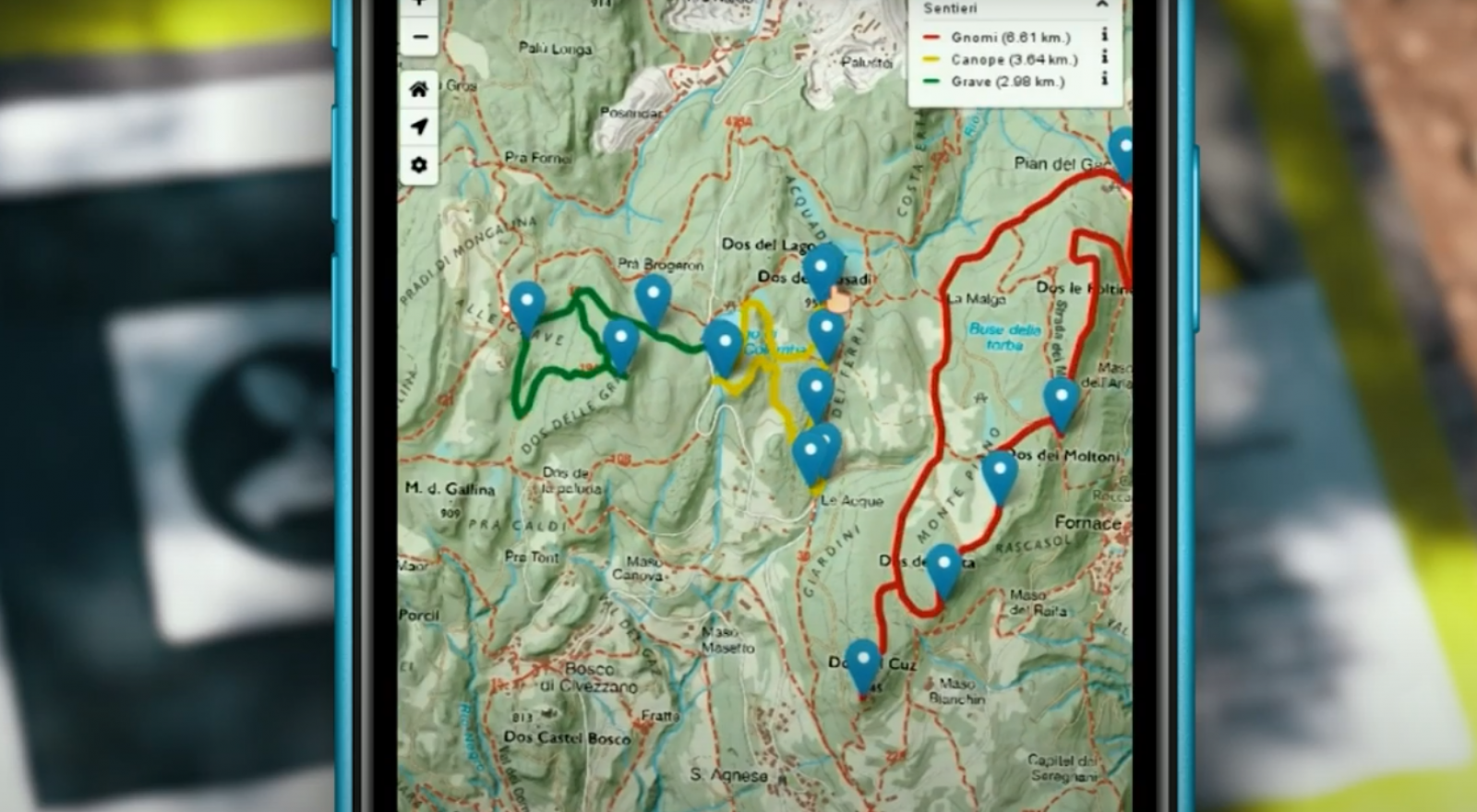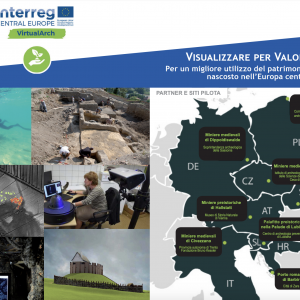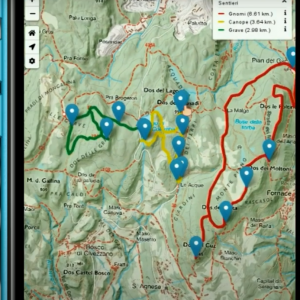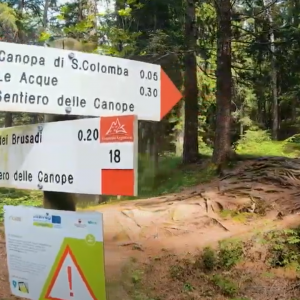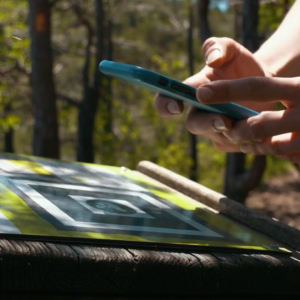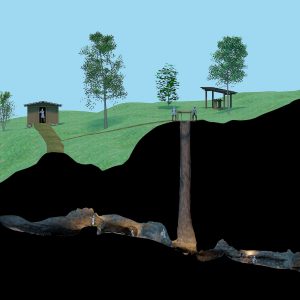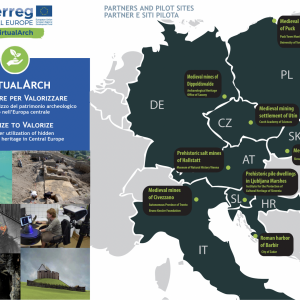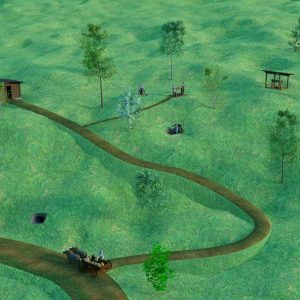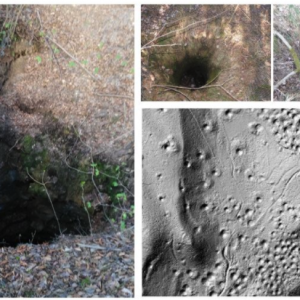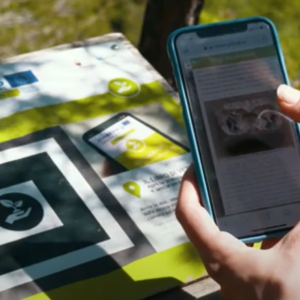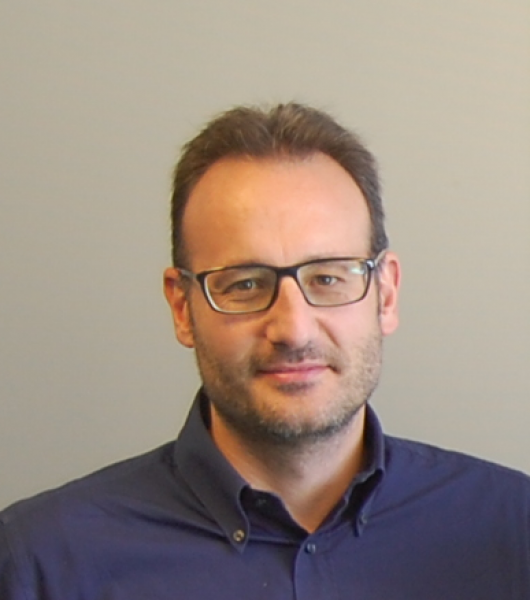FBK contributes to the valorization of the hidden heritage on Mount Calisio
Thanks to the European VirtualArch project, FBK has valorized 8 archaeological heritage sites through 3D renderings, virtual reality, visualizations and Apps.
The main objective of the VirtualArch project was to use innovative solutions and to develop transnational strategies in order to document, visualize and valorize cultural sites that are hardly visible, hidden due to the vegetation, underground and underwater.
For Trentino, the project saw the participation of FBK’s 3DOM unit, the Trento Superintendence for Cultural Heritage and the Ecomuseo Argentario that helped spread knowledge about the rich heritage of the minings on Trento’s Monte Calisio and facilitated public awareness and visits to the site.
Mount Calisio, also known as Monte Argentario, has been popular since ancient times. Known for its geological and naturalistic wealth, it preserves thousands of traces related to mining for the extraction of silver since the end of the 12th century.
“Our experience in 3D documentation and in the valorization of cultural heritage – Fabio Remondino, FBK researcher and head of the 3DOM unit explains – has allowed us to support the Superintendence of the Autonomous Province of Trento (in coopeeration with Cles based Arc-Team) as well as offer innovative solutions for the documentation and visualization of the hidden archaeological heritage on Mount Calisio. The partnership also led to discuss the economic valorization of the area through the development of sustainable tourism practices that would integrate and characterize the cultural opportunities offered by the area “.
Visitors can learn more and better explore Mount Calisio’s hidden heritage thanks to the VirtualArch project, which has developed a mobile App with 16 points of interest along three trails already activated by Ecomuseo dell’Argentario: the Canope Trail, the Le Grave biotope and the Gnomi Trail. Also, new interpretive panels have been added along the Canope Trail.
The App and the installed panels not only provide information on the trails, but also illustrate various topics such as the ancient mining exploitation, geology and extraction techniques as well as the tools of the time. The App can be downloaded, and consulted also offline, in the trails involved in the project. Through descriptions, images, 3D models, virtual reality and videos, visitors can discover the mining activity that characterized the Calisio area in medieval times and to virtually step into still hidden places.
“The project – Fabio Remondino added – allowed us to offer our technological solutions and experience in order to valorize the hidden heritage around Trento. In recent years we have also supported the Superintendency and the Trento region through various valorisation projects such as Trento Città Fortezza, the WWI forts, the medieval castles of Trentino (3D-ARCH project), the dinosaur footprints, the Gaban and Dalmeri stone age shelters, the Laces, Forte Larino in Lardaro steles, and now the TOTEM-4D Trento Time Machine project”.
VirtualArch is a project co-funded by the European Regional Development Fund as part of the Interreg Central Europe transnational cooperation program. Coordinated by the Archaeological Superintendence of Saxony (Germany), the project involved, in addition to the Trentino partners, also the Museum of Natural History of Vienna (Austria), the Department of Archeology of the Niccolò Copernico University of Torun (Poland), the Institute of Archeology of the Academy of Sciences of the Czech Republic of Prague, the Institute for the Protection of Cultural Heritage of Slovenia, the Center of Preventive Archeology of Ljubljana (Slovenia), the Slovak Academy of Sciences, the Institute of Archeology of Nitra (Slovakia), the Municipality of Puck (Poland) and the City of Zadar (Croatia).
